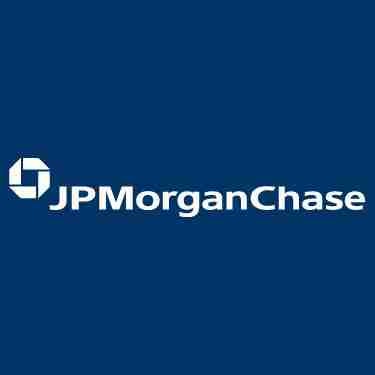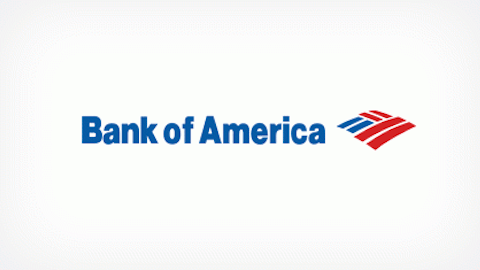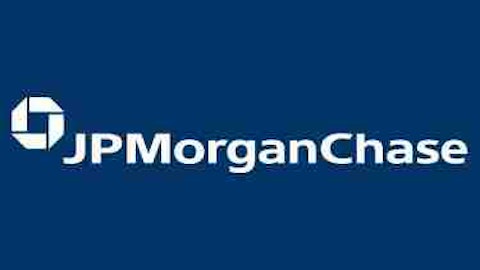The first half the current quarter was marked by climbing interest rates thanks to the speculation that started since May that the Fed might be ending its aggressive bond buying program soon. While higher rates could mean some expansion in the barely visible net interest margins of banks, it also means erosion in book value. However, the same is not true for all U.S. banks. Let’s see which U.S. banks will be able to grow their book values despite climbing interest rates.
Consequences of the speculations
As a consequence of the speculations about the Fed’s exit from the Treasury and the Agency MBS markets, the interest rates have started increasing. The rising rates have multiple consequences on the banks’ fixed income portfolios. With the interest rates on the rise this quarter, you should expect a decline in the value of banks’ securities portfolio this quarter. As a result, banks would probably report lower gains on their accumulated other comprehensive income.
Lower gains in accumulated other comprehensive income (AOCI) affect a lot of key banking metrics including the book value, tangible book value, tangible common equity ratio, and the Basel III Tier 1 common ratio. AOCI measures gains and losses that are yet to be realized and form part of a bank’s equity section on the balance sheet.
Despite a negative change in the accumulated other comprehensive income due to the value of the available for sale fixed income portfolio, investors can still expect some of the large banks to grow their book values during the second quarter given the earnings power is enough to offset the negative impact on common equity.
Equity sensitivity
Within the banking industry, Wells Fargo & Co (NYSE:WFC) leads as far as the negative impact on tangible equity is concerned. It is followed by Bank of America Corp (NYSE:BAC) and PNC Financial. Remember, the earnings potential of these banking institutes is not being considered at this point. A 100 bps increase in the rates could negatively affect Wells Fargo & Co (NYSE:WFC)’s tangible book value by 5%, followed by Bank of America Corp (NYSE:BAC) and PNC Financial at around 3% each.
Citigroup Inc (NYSE:C) and JPMorgan Chase & Co. (NYSE:JPM) are among the best positioned large cap banks with the least estimated negative impact of 2.3% and 2.4%, respectively, on their tangible book values in the event of a similar move in the interest rates as mentioned above. Similarly, U.S. Bancorp (NYSE:USB) will probably experience a 2.6% decline in its tangible book value.
JPMorgan Chase & Co. (NYSE:JPM) is expected to report around 1.1% growth in its book value, while U.S. Bancorp (NYSE:USB) is expected to report around 0.2% increase in its book value at the end of the second quarter.
Looking at the negative impact on the banks’ tangible common equities, Wells Fargo & Co (NYSE:WFC) is again expected to experience the highest decline of 0.38%. In contrast, JPMorgan Chase & Co. (NYSE:JPM), U.S. Bancorp (NYSE:USB), and Citigroup Inc (NYSE:C) will experience 0.15%, 0.19%, and 0.2%, respectively. These estimates are provided by Credit Suisse in its recent research note.
Estimated AFS durations
The available-for-sale fixed income portfolio of the banks leads to the decline in the equity of these banks when the interest rates start climbing. The larger the duration of the AFS portfolio of a bank, the greater the decline you should expect.





